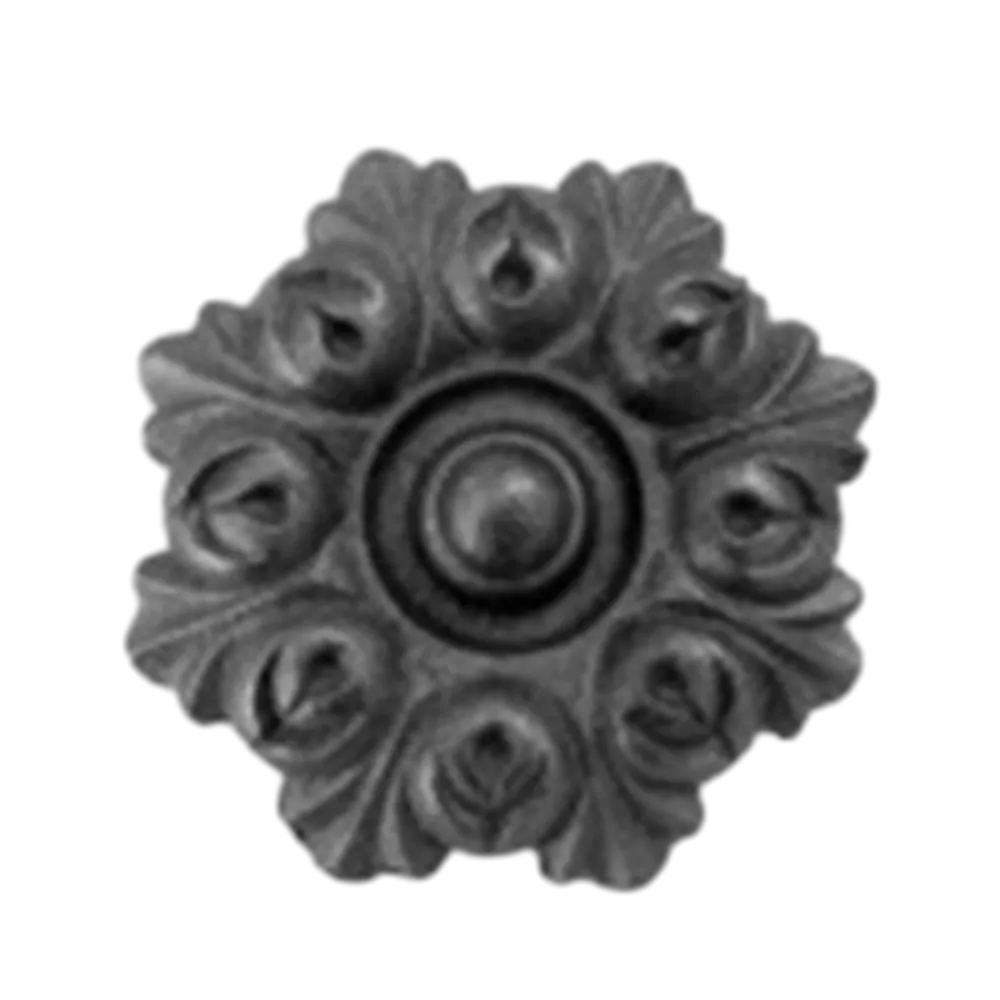Wrought Iron Railing Components - Durable & Elegant Designs
Wrought Iron Railing Components A Blend of Durability and Aesthetic Appeal
Wrought iron has long been a favored material for constructing railings, balconies, gates, and other architectural elements, celebrated for its strength, versatility, and classic beauty. The use of wrought iron railing components can transform ordinary spaces into elegant, sophisticated environments while providing safety and security.
Understanding Wrought Iron
Wrought iron is an iron alloy that contains very low carbon content, making it more ductile and malleable than other forms of iron. Its unique properties allow it to be easily shaped into intricate designs, making it ideal for decorative railing components. Unlike cast iron, wrought iron can withstand higher tensile stress, which means it’s less likely to break under pressure.
Key Components of Wrought Iron Railings
When discussing wrought iron railings, it's essential to consider the main components that comprise these structures.
1. Posts The vertical supports that hold the railing in place. They often serve as the backbone of the railing system and can be embellished with artistic finials or caps to enhance the overall design.
2. Rails The horizontal elements that connect the posts. Top and bottom rails provide stability, while decorative mid-rails can add visual interest. Some designs feature curved rails that provide a softer look.
wrought iron railing components

3. Balusters These are the vertical components that fill the spaces between the rails, providing support and preventing gaps that could pose safety hazards. Balusters come in various designs, from simple lines to ornate scrolls, contributing to the railing's aesthetic.
4. Post Caps These are decorative elements placed on top of posts, often designed to protect the ends of the iron from rust and moisture while adding a stylish touch.
5. Finials Finials are decorative fixtures placed at the top of the posts, often featuring elaborate designs that enhance the overall appearance of the railing.
Benefits of Wrought Iron Railings
Choosing wrought iron railing components offers numerous advantages. First, the material's longevity and resistance to weather conditions make it an excellent investment for both indoor and outdoor applications. Unlike wood or vinyl, wrought iron does not warp, rot, or fade, ensuring that railings maintain their integrity and beauty over time.
Additionally, wrought iron railings can be customized to fit any style, from traditional to modern. Homeowners and designers can select patterns and finishes that match the aesthetics of their property, allowing for enhanced curb appeal.
Conclusion
Incorporating wrought iron railing components into a design scheme offers a multitude of benefits, including safety, durability, and aesthetic charm. Whether for a staircase, balcony, or garden fence, wrought iron railings are a timeless choice that can elevate the overall look of any space. As we continue to appreciate the intersection of function and design, wrought iron remains a go-to material for those seeking both strength and elegance in their architectural elements.
-
Wrought Iron Components: Timeless Elegance and Structural StrengthNewsJul.28,2025
-
Window Hardware Essentials: Rollers, Handles, and Locking SolutionsNewsJul.28,2025
-
Small Agricultural Processing Machines: Corn Threshers, Cassava Chippers, Grain Peelers & Chaff CuttersNewsJul.28,2025
-
Sliding Rollers: Smooth, Silent, and Built to LastNewsJul.28,2025
-
Cast Iron Stoves: Timeless Heating with Modern EfficiencyNewsJul.28,2025
-
Cast Iron Pipe and Fitting: Durable, Fire-Resistant Solutions for Plumbing and DrainageNewsJul.28,2025
-
 Wrought Iron Components: Timeless Elegance and Structural StrengthJul-28-2025Wrought Iron Components: Timeless Elegance and Structural Strength
Wrought Iron Components: Timeless Elegance and Structural StrengthJul-28-2025Wrought Iron Components: Timeless Elegance and Structural Strength -
 Window Hardware Essentials: Rollers, Handles, and Locking SolutionsJul-28-2025Window Hardware Essentials: Rollers, Handles, and Locking Solutions
Window Hardware Essentials: Rollers, Handles, and Locking SolutionsJul-28-2025Window Hardware Essentials: Rollers, Handles, and Locking Solutions -
 Small Agricultural Processing Machines: Corn Threshers, Cassava Chippers, Grain Peelers & Chaff CuttersJul-28-2025Small Agricultural Processing Machines: Corn Threshers, Cassava Chippers, Grain Peelers & Chaff Cutters
Small Agricultural Processing Machines: Corn Threshers, Cassava Chippers, Grain Peelers & Chaff CuttersJul-28-2025Small Agricultural Processing Machines: Corn Threshers, Cassava Chippers, Grain Peelers & Chaff Cutters












